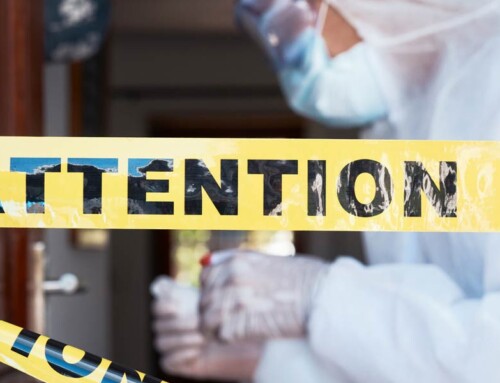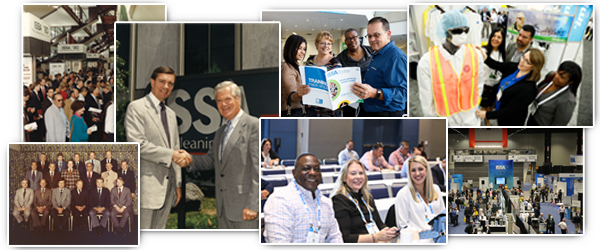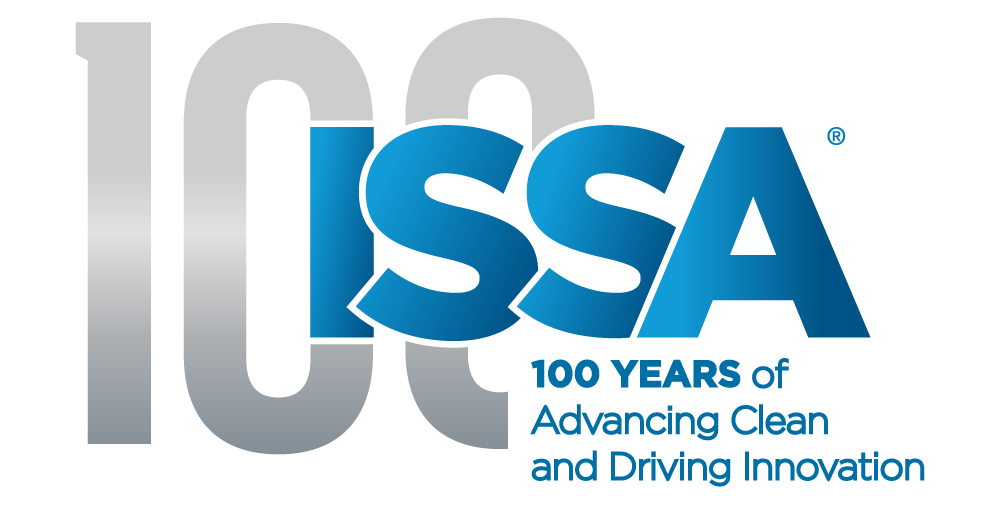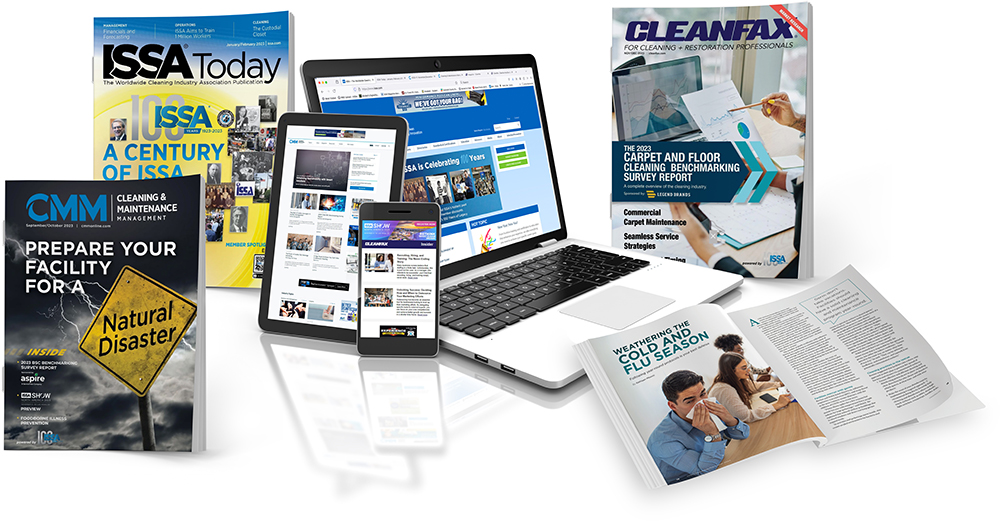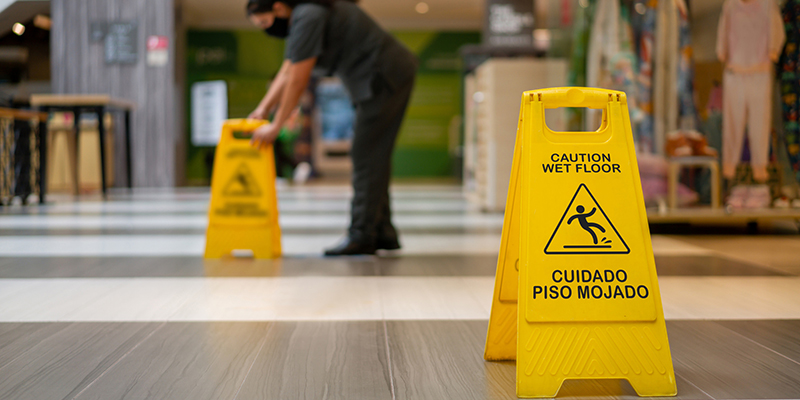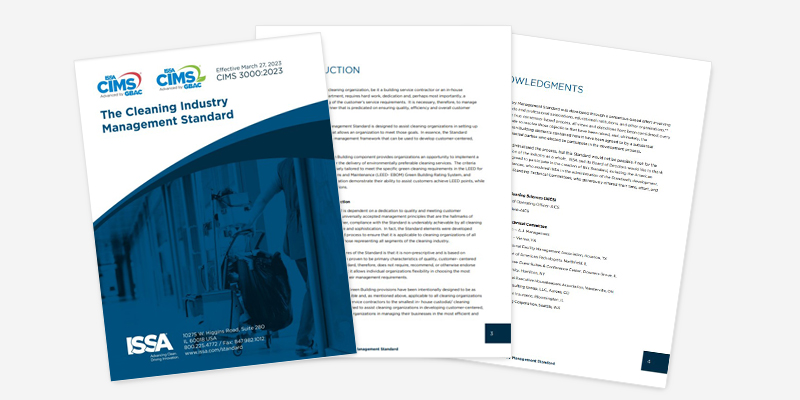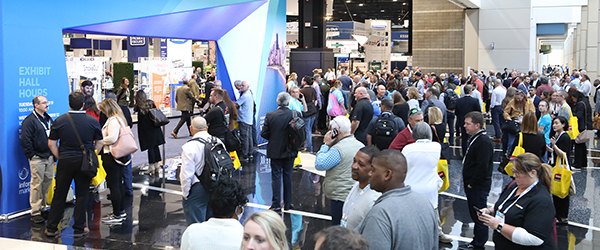FAQs of Cleaning Services in Healthcare
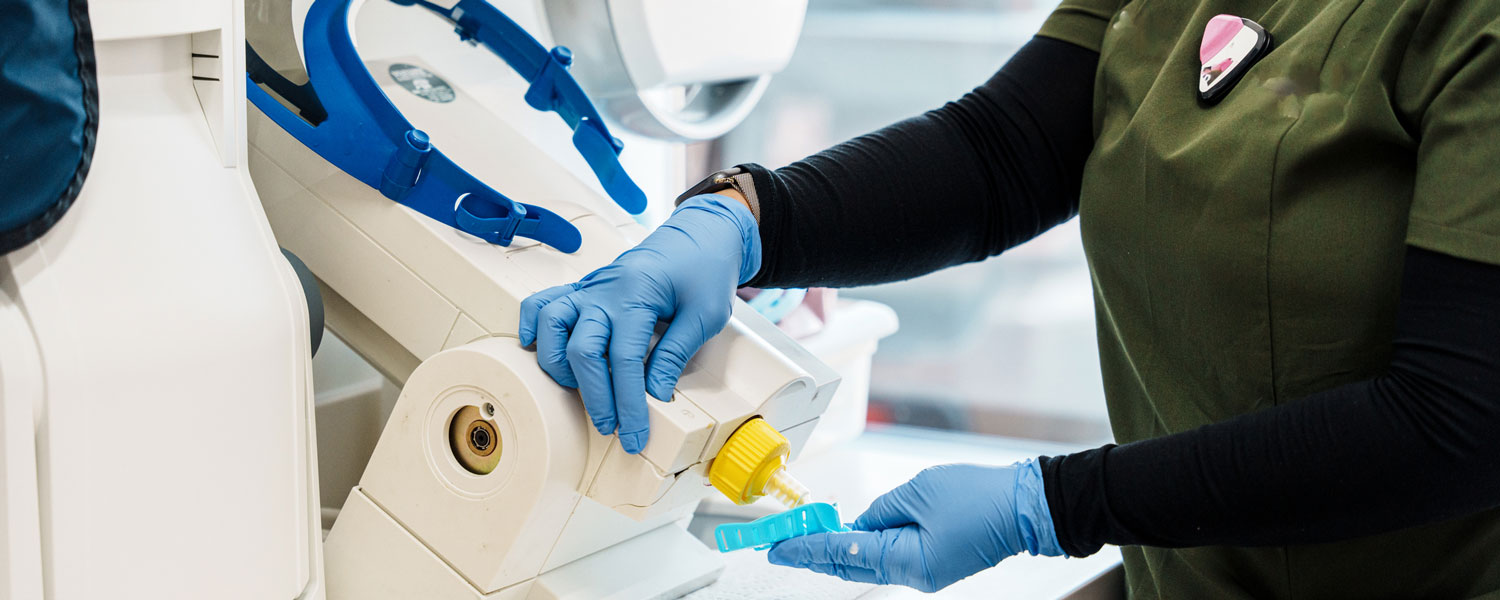
When it comes to healthcare, cleanliness is not just a preference—it’s a necessity. Many people have questions about how cleaning services in healthcare work and why they are so important. Let’s dive into some common questions about these essential services. For comprehensive guidance on maintaining a safe healthcare environment, check out our HSI Consulting Services.
Why Are Specialized Cleaning Services So Important?
You might wonder why specialized cleaning services in healthcare are essential. Here are a few key reasons:
- Infection Prevention: One of the primary goals of these services is to reduce the spread of healthcare-associated infections (HAIs). The CDC emphasizes that effective cleaning and disinfection can significantly lower infection rates, which is vital for protecting patients, especially those with weakened immune systems.
- Patient Safety: A clean environment helps ensure that patients can recover without unnecessary complications. Research shows that facilities utilizing specialized cleaning services in healthcare often lead to shorter hospital stays and fewer readmissions.
- Protection for Everyone: Clean surfaces help safeguard not just patients but also staff and visitors from harmful pathogens, particularly during flu season or outbreaks of infectious diseases.
What Areas Need Extra Attention in Healthcare Cleaning?
Certain areas in healthcare facilities require more focus when it comes to cleaning:
– High-Touch Surfaces: Think door handles, light switches, bed rails, and medical equipment—these spots are magnets for germs and need frequent disinfection.
– Patient Rooms: Thorough cleaning between patient stays is crucial for preventing cross-contamination. This means addressing not just visible surfaces but also those that might be overlooked.
– Operating Rooms: These spaces require meticulous sterilization protocols before and after each procedure to ensure they remain germ-free.
– Common Areas: Lobbies, waiting rooms, and cafeterias should be cleaned regularly since they see high foot traffic throughout the day.
How Often Should Healthcare Facilities Be Cleaned?
The frequency of cleaning depends on how each area is used:
– Patient Rooms: Typically cleaned daily and thoroughly disinfected between patients.
– Operating Rooms: Cleaned before and after each procedure, often requiring specialized techniques.
– High-Traffic Areas: These should be cleaned multiple times a day to keep pathogens at bay.
– Low-Traffic Areas: Generally cleaned at least once daily, with extra cleanings as needed based on activity levels.
What Cleaning Products Are Safe and Effective?
Healthcare facilities should use EPA-registered hospital-grade disinfectants that are effective against a wide range of pathogens. Following the manufacturer’s instructions for use (IFUs) is crucial for ensuring effectiveness.
How Do Healthcare Cleaning Services Differ from Regular Commercial Cleaning?
You might be wondering how cleaning services in healthcare differ from regular commercial cleaning. Here are some key distinctions:
- Specialized Training: Staff receive training focused on infection control practices and the proper use of healthcare-grade disinfectants.
- Stricter Protocols: Cleaning procedures in healthcare settings are more rigorous, often guided by evidence-based practices designed to maximize safety.
- Advanced Equipment: Healthcare cleaners frequently use cutting-edge tools like UV disinfection devices or electrostatic sprayers that enhance cleaning effectiveness.
- Meticulous Attention to Detail: There’s an increased emphasis on disinfecting high-touch surfaces and medical equipment—critical components for patient safety.

What Role Do Surface Materials Play?
The materials used in healthcare settings can significantly influence how well cleaning works:
– Cleanability: Some materials are easier to clean than others, which impacts overall hygiene levels.
– Compatibility: Certain surfaces may be damaged by harsh disinfectants; thus, careful selection is essential.
– Microbial Resistance: Some materials naturally resist microbial growth better than others, helping maintain cleanliness over time.
When choosing surface materials, healthcare facilities should consider these factors to support effective cleaning efforts.
How Can Healthcare Facilities Ensure Effective Cleaning Practices?
To uphold high standards in cleaning practices, healthcare facilities should:
- Develop Clear Protocols: Establish detailed procedures tailored for different areas based on best practices.
- Provide Ongoing Training: Regularly educate staff about proper techniques and updates in protocols to keep them informed.
- Use Checklists: Implement checklists to ensure all necessary tasks are completed consistently.
- Conduct Regular Audits: Perform periodic checks to verify cleaning effectiveness through visual inspections or microbiological testing.
- Stay Updated: Keep abreast of the latest technologies and best practices in healthcare through continuous education.
By addressing these frequently asked questions about cleaning services in healthcare, facilities can gain a clearer understanding of their importance and implement effective strategies to maintain a safe and hygienic environment for all.

